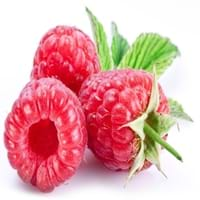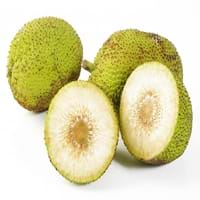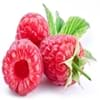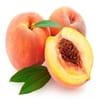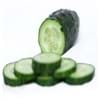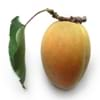Health Benefits
Cancer prevention, Heart care, Prevents macular degeneration, Reduces blood circulation problems
Cancer prevention, Heart care, Maintains healthy cholesterol level, Treatment of skin Diseases
General Benefits
Anti-inflammatory properties, Controls blood sugar levels, Digestive aid, Eye care, Helps in weight loss
Boosts immune system, Digestive aid, Helps in weight loss, Maintains healthy cholesterol level
Skin Benefits
Anti-aging benefits, Brightens and lightens complexion
Anti-aging benefits, Skin rejuvenation, Treatment of skin diseases
Hair Benefits
Acts as moisturizer, Regulates hair growth, Shiny hair
Protects hair, Regulates hair growth, Treatment of dandruff
Allergy Symptoms
Breathing difficulty, Eczema, Hives, Itching, Nasal congestion, Runny nose, Sneezing, Watery eyes, Wheezing
Hives, Inflammation of nose, Swelling of mouth, tongue or lips
Side Effects
Allergic reaction
Allergic reaction
Best Time to Eat
Best if taken as a breakfast (or empty stomach), As a snack in the late afternoon, Don't eat after meal, Morning time (before lunch)
Along with meal, As a snack in the late afternoon, Don't consume at night and before bed, Don't eat after meal
Vitamin B5 (Pantothenic Acid)
Vitamin C (Ascorbic Acid)
Vitamin K (Phyllochinone)
Calories in Fresh Fruit with Peel
Not Available
Calories in Fresh Fruit without Peel
Not Available
Calories in Frozen Form
Not Available
Calories in Dried Form
Not Available
Calories in Canned Form
Not Available
Calories in Jam
Not Available
Type
Berry
Fruit vegetable, Tropical
Season
Summer
All seasons
Varieties
Amity, August Red, Boyne, Canby, Caroline, Comet, Dinkum, Dorman Red, Latham, Meeker, Black Hawk, Hayda, Lauren, Meeker and Latham
Koqo, Tamaikora, Temaipo, Uto Kuro, Samoa, Buco Ni Viti and Kulu Dina
Color
Black, Purple, Red, Yellow
White, Yellow
Origin
Europe, North Asia
South Pacific
Soil Type
Sandy loam
Loam, Sand, Sandy loam, Well-drained
Climatic Conditions
Cold
Humid, Rainfall, Warm
Facts about
- There are more than 200 varieties of raspberries.
- In USA, 90% of the raspberries are grown in Washington, California and Oregon.
- They do not ripe after they are picked.
- A raspberry contain 100 to 120 seeds.
- The milky sap of breadfruit tree is used as glue & bark is used to make papers.
- Breadfruit tree produces 1st fruit after 2-3 years from planting & remains productive for decades.
- The seeds of breadfruit are edible.
Top Producer
Russia
Jamaica
Other Countries
Azerbaijan, Canada, Mexico, Poland, Serbia, Spain, Ukraine, United Kingdom, United States of America
Africa, India, United States of America
Top Importer
United States of America
United States of America
Top Exporter
Poland
Jamaica
Botanical Name
Rubus Idaeus
Artocarpus altilis
Synonym
Not Available
Artocarpus communis or Artocarpus incisa
Subkingdom
Tracheobionta
Tracheobionta
Division
Magnoliophyta
Magnoliophyta
Class
Magnoliopsida
Magnoliopsida
Subclass
Rosidae
Magnollidae
Species
R. idaeus
A. altilis
Generic Group
Rose
Mulberry
Difference Between Raspberry and Breadfruit
We might think that Raspberry and Breadfruit are similar with respect to nutritional value and health benefits. But the nutrient content of both fruits is different. Raspberry and Breadfruit Facts such as their taste, shape, color, and size are also distinct. The difference between Raspberry and Breadfruit is explained here.
The amount of calories in 100 gm of fresh Raspberry and Breadfruit with peel is 53.00 kcal and Not Available and the amount of calories without peel is Not Available and 103.00 kcal respectively. Thus, Raspberry and Breadfruit belong to Low Calorie Fruits and High Calorie Fruits category.These fruits might or might not differ with respect to their scientific classification. The order of Raspberry and Breadfruit is Rosales and Rosales respectively. Raspberry belongs to Rosaceae family and Breadfruit belongs to Moraceae family. Raspberry belongs to Rubus genus of R. idaeus species and Breadfruit belongs to Artocarpus genus of A. altilis species. Beings plants, both fruits belong to Plantae Kingdom.
